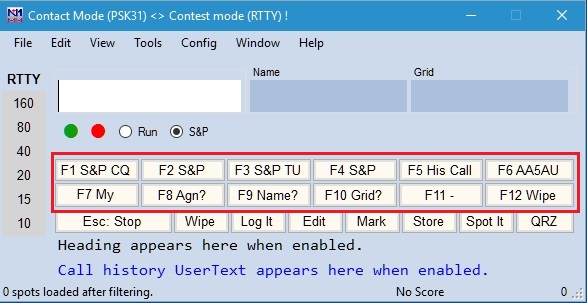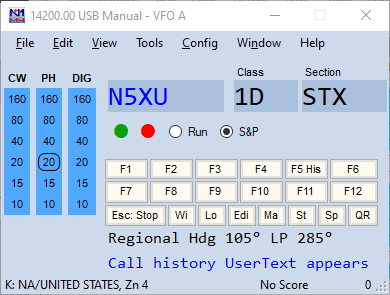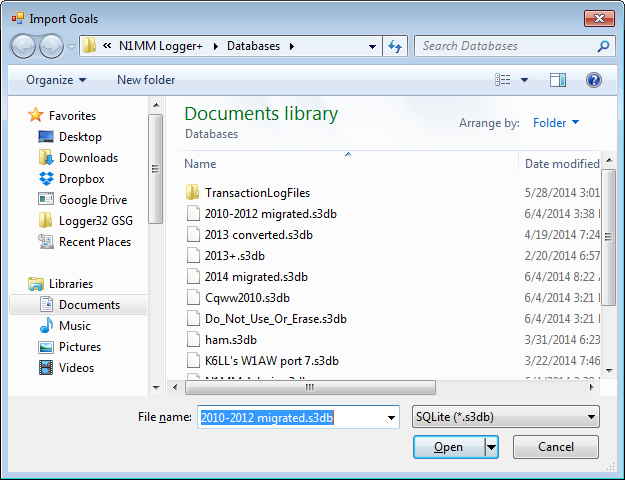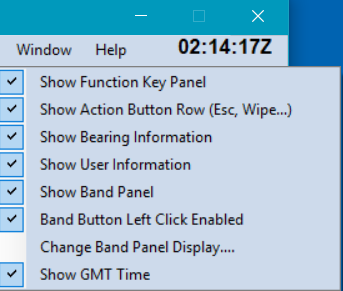
The index of N1MMplus.pdf is a set of links to the online documentation which is also excellent in assisting you along the way. N1MMplus.pdf is over 700 pages so it’s not expected that you read the entire document before getting started. Nearly all the information given here can be found in the N1MM Logger+ help documentation file N1MMplus.pdf.
#Editing a log entry in n1mm logger plus
However, any program as detailed and feature-rich as N1MM Logger Plus takes more than a few minutes to digest. Although this tutorial is called a Quick Start, it’s necessarily long to make sure of your success. Let it be written that this guide may be totally unnecessary given the excellent documentation of N1MM Logger+.


Once you have MMTTY working with your radio and interface, come back here and continue with this tutorial. It is important to get MMTTY working as a stand-alone program with your equipment (radio & digital interface), and operating RTTY fully before attempting to use it with N1MM Logger+ for RTTY.

For those not familiar with MMTTY, please go to Getting Started on RTTY first. This guide is primarily for those who are not familiar with N1MM Logger+ but are already familiar with MMTTY.
#Editing a log entry in n1mm logger how to
Also, instructions are included in how to use both 2Tone and Gritty as receive-only decoders. As for question 2 - you could manually enter them into the ADI file if you take care and follow exactly how other QSO's are entered maybe? Maybe somebody has a better answer but don't blame your incompetence, in the heat of a contest with several stations calling I also found the logging process lacking and "lost" a couple.This guide is for those who want to get up and running on RTTY quickly with N1MM Logger Plus using MMTTY as the main digital interface. Once you have done that you can delete the ADI file that only contains a few QSO's and rename he original file back to WSJTX_log.ADI Hope that makes sense and helps. 3) Yes - use notepad or similar text editor and copy all the QSO's from your new ADI file and paste them onto the end of the original file. If you do create the new file with WSJTX already running you can still reset the log status from within WSJTX by going to File/Settings/Colours - hidden under that menu is "Rescan ADIF Log" which will then scan the blank new file you created earlier. I'm guessing you already had WSJTX running when you followed the instructions. Ideally you should do this before you start that instance of WSJTX as it reads from the file on initial start up. WSJTX uses it in order to keep track of all your contacts for worked B4 status. 1) Do not delete the original WSJTX_Log.ADI file, just rename it for time being. Hi Steve - not dumb but 1 & 3 are obvious when you know how. Only answer I found was relax and take your time to log each QSO before responding to the next caller even if it means losing a transmission cycle to do so! Regards Tony G4NBSįrom: Tony Collett via groups.io Sent: 06 December 2021 08:53 To: Subject: Re: #logging #NewUser #ContestMode FT Roundup As for question 2 - you could manually enter them into the ADI file if you take care and follow exactly how other QSO's are entered maybe? Maybe somebody has a better answer but don't blame your incompetence, in the heat of a contest with several stations calling I also found the logging process lacking and "lost" a couple.



 0 kommentar(er)
0 kommentar(er)
